12 Best Alternatives to WordPress in 2020
These days, people tend to use WordPress for building their websites or maintaining their content, or both. And WordPress has gained a lot of popularity in recent years. WordPress takes a lot of pride in a massive range of themes available for use. In addition to themes, plug-ins and add-ons are very flexible to implement and easy to use, making WordPress a popular choice for entrepreneurs, small business owners and graphic designers alike.
But, not everyone is comfortable using WordPress. There are other platforms too that people have turned to, and have been using those platforms successfully. This blog takes you through various alternatives that are available if you are not a very big fan of WordPress.
1. Wix:

As we saw in the introduction, WordPress offers compatibility with a vast range of designs, and to customize the theme, we have to write custom code, which is cumbersome. But the same thing is not applicable when it comes to website based on Wix. You can drag and drop all the user interface components and work your way around it. The best part of it is that all the plans, including the free plan, also have the same feature. With Wix, you can have video backgrounds and animations without any kind of hassles.
Moreover, the website has its inbuilt SEO tools that help you optimize your website. You can create Portfolio pages seamlessly, and the appearance of them is visually attractive. If you belong to specific businesses/industries, then they have business-focused apps that you can use.
2. Weebly:

Being an intuitive website creator, Weebly has helped create over 40 million websites until this date. If you are on a low budget or a startup, you can use Weebly as it is free to use. With a free plan, your website footer shows a small Weebly banner. But if you choose to take up a personal website plan, it can start up to as low as $6 per month. The most significant part of Weebly is the blog feature, which offers the most flexibility. As a blogger, you can create all the kinds of design layouts, access all the available UI elements, blogging features, and publishing posts. Moreover, you also can access its audio and video player, which is integrated with Weebly.
3. Jimdo:
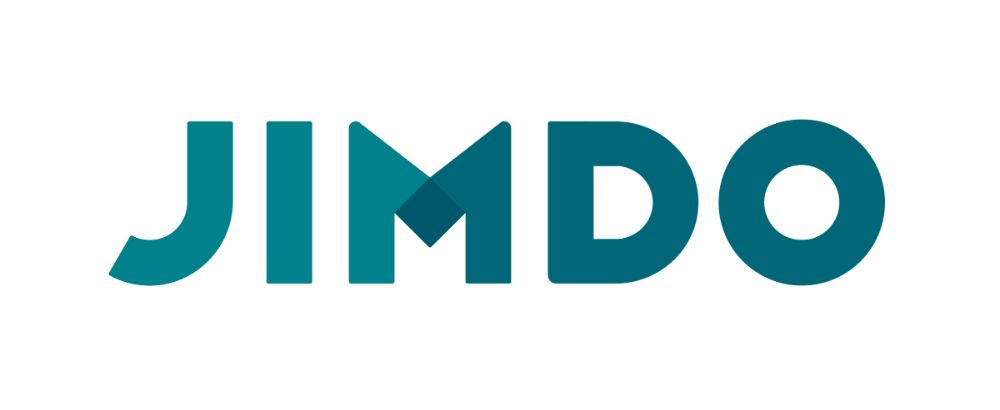
If you require an assisted website builder, also known as the AI builder, Jimdo can come to your rescue. There have been around 20 million of websites that have been built using Jimdo. And with a basic plan, you can try creating a website for free. If you choose a paid plan, you get a web editor along with the content, images, and a minimalistic online store. Jimdo is not a very feature-rich platform, but whatever features it has are perfect in their functions. Hence, if you are a beginner or a novice blogger, Jimdo is the right choice. Moreover, the templates are a little less flexible in Jimdo than WordPress. Bloggers vouch by Jimdo when it comes to integrating blog module on a website because of its perfect integration.
4. SquareSpace:
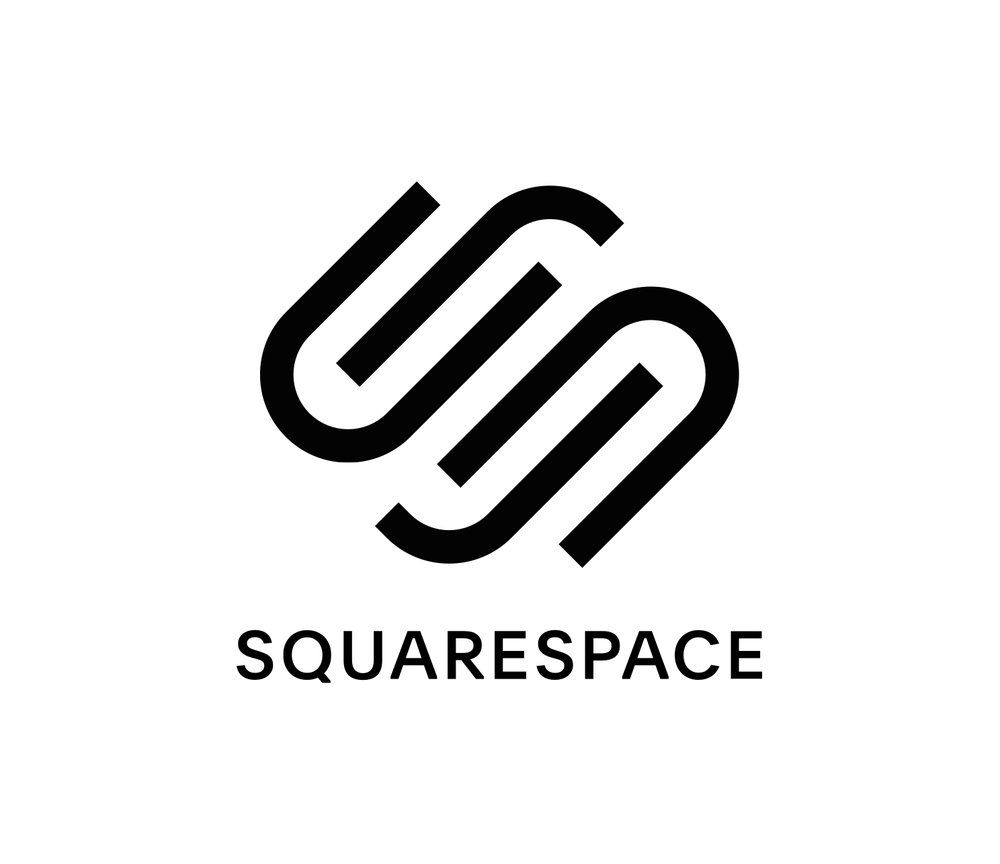
Importing your WordPress blog module to SquareSpace is so easy, it feels seamless. With modern-looking templates, style editor, switching among various templates, and drag and drop management, SquareSpace has gained popularity. You can access responsive image loader, download content, customize WYSIWYG editor, and social media links. SquareSpace lets you have gallery blocks, synchronization with Dropbox, Audio collections, site annotations, inbuilt mobile web applications, and a mobile information bar. With a drag and drop interface, it becomes easier to handle your website or blog page interface. You get to decide how the visitor sees at your page and what controls you offer the visitors.
5. Joomla!:

For some beginners, WordPress can be too much to handle. Hence, people falling under that category can look up to Joomla. If you are looking for multi-language support and plan to target different audiences with different language preferences, use Joomla. The only thing that you have to get used to is the complexity of Joomla. WordPress feels like a website development tool for beginners, then Joomla is complex in comparison. But, Joomla offers better security compared to WordPress. It is observed that hackers generally target massive platforms, and that is why WordPress is at risk more than Joomla. With an inbuilt two-factor authentication, it makes it difficult for hackers to destroy your security system.
6. Webnode:

This is another website builder that offers you support for multiple languages, which is a plus because not all the website builder tools come with this feature. If you have worked with WordPress, it is easy to see that WordPress doesn’t support multiple languages. But you can extend multiple language support in WordPress using add-ons and plug-ins. Hence, if you are sure that you need content to be published in various languages, then Webnode is one of WordPress’s best alternatives. Webnode is an online editor that comes without advertisements. You can access a vast range of templates that offer a modern outlook to your blogs. Webnode offers various e-Commerce store features, integrated Google Analytics, Social media sharing, and SEO marketing. Moreover, you get to choose your plan from four different plans, and you get to use/create a personal domain.
7. Site123:
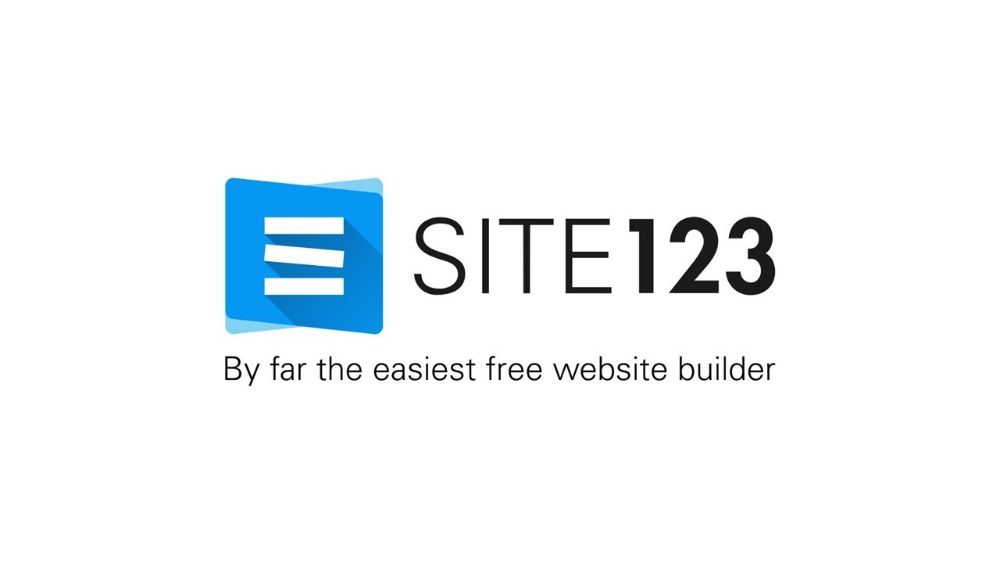
Site123 offers a vast range of free and beneficial features for people looking to create a website for personal or professional projects. You can either create a one-page website or opt to create a full-blown website with as many pages as possible. Site123 offers SEO optimization for free and also guides you when there is some trouble with it. The websites built with Site123 comes with responsiveness, SEO tools, and integrated with social media tools. You can integrate third-party plug-ins to extend its functionality. Site123 lets you use Google map tools to incorporate, select a language, website designing tools, email marketing, online store, and more. Moreover, it also offers website password maintenance that provides a lot of security to your website.
8. Webflow:

If you feel that WordPress has limited features, options, and accessibility, then you should once try using Webflow. Webflow editor feels like you are using Adobe Photoshop, and you gain access to a lot of options. But they can appear confusing if you are a beginner. Webflow lets you gain an understanding of the code behind the user interface that Webflow generates when you drag and drop the controls on the web page. It offers access to some fantastic templates that appear brilliant, and once you know how to use them, there is no going back.
You can build CSS grids, add CSS filters, and add the code you think you require. While working with the user interface, Webflow writes a clean, concise, and exportable code beneath what you see. Webflow supports over 2000 web font faces. Hence, you can use any font in any section of your website as per your requirement. The free plan allows two projects, but the paid plans begin at $12 per month.
9. Medium:
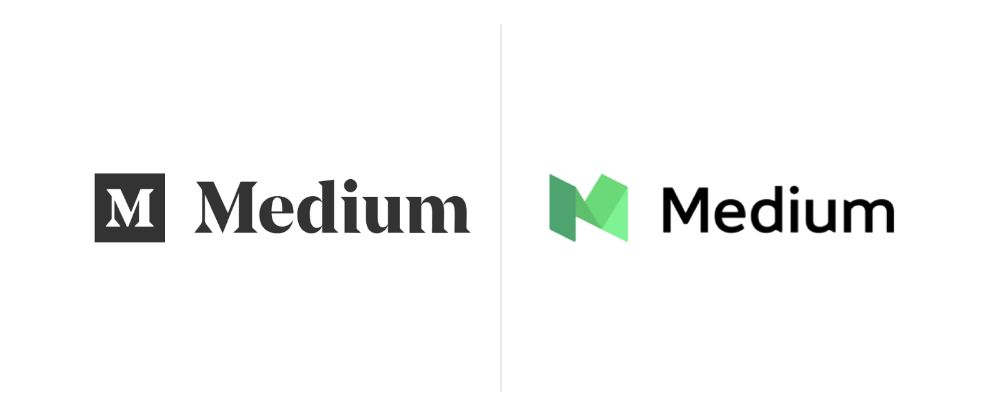
Every few years, a new platform takes the Internet by storm. One such example of it is Medium.com. With a smooth and seamless editor, they provide a rich experience to its users. Many firms and organizations were happy with Medium.com to migrate their blogs to Medium.com. Initially, it allowed its user to have their own sub-domain name, but recently they changed their policy, and you have to host your content on Medium.com domain. This is a terrible thing if you have to take care of the SEO aspects. Moreover, it is very annoying to have popped up messages that tell you to install Medium.com mobile app.
With Medium.com, you gain access to a dedicated homepage with a layout that you can always customize. Medium.com supports multiple contributors when writers and editors are concerned. The editors can review the stories, and writers can contribute and submit their stories on a regular basis.
10. Constant Contact:
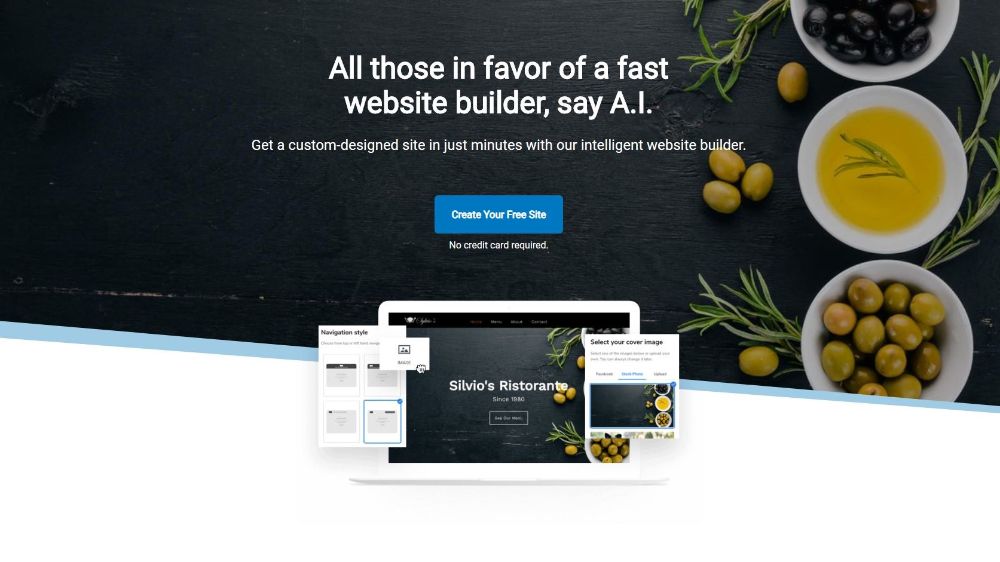
With an intelligent website builder, you can develop your website with an AI-powered website builder that lets you create a customized website in a matter of moments. This is the most significant feature when it comes to small business owners that are a novice in the field of technology. You can use its drag and drop controls to add to the website to design the user interface as you please. It lets you use custom images and also provides suggestions related to the content of your website.
With Constant Contact, you can build a blog, a website, or your eCommerce store. In addition to this, you don’t have to contact a graphic designer to design your website’s logo. The platform provides you with tools like logo maker, and photo library with around 550000 images. If you choose a paid plan, Constant Contact gives you a free domain and an SSL certificate. Moreover, you also get your personal branded email address.
11. Drupal:
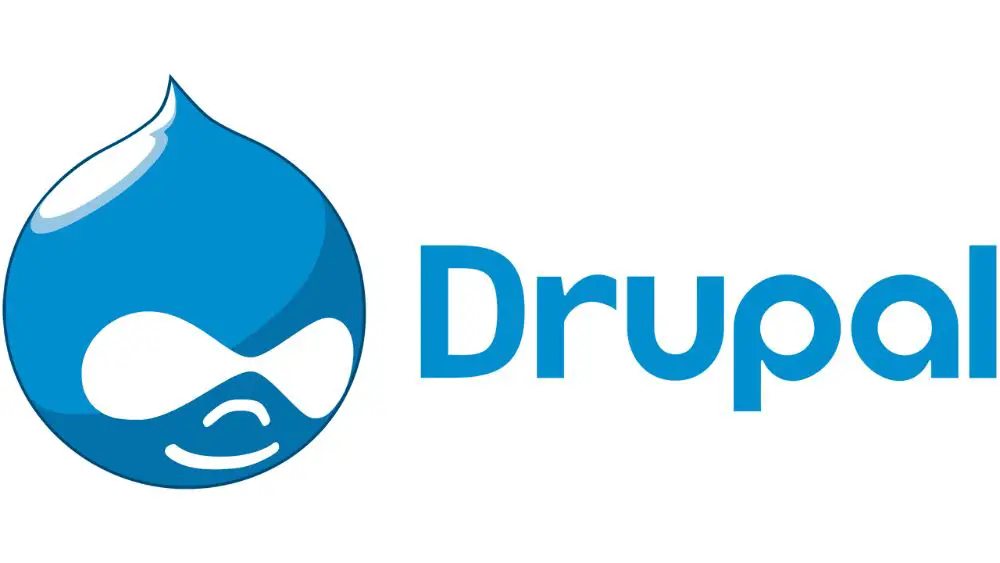
Another great alternative to WordPress seems to be Drupal. Drupal is an open-source content management system where you write stories and enrich the reader’s experiences. Drupal lets you work with the creation of blogs, personal websites, forums, and social networking sites, but it is generally recommended for experts. This tool is perfect when you work with a large amount of data, as Drupal knows how to handle that well. Hence, this feature makes Drupal an ideal tool when it comes to enterprises and organizations that handle the bulk of data on a daily basis. Drupal lets you use different plug-ins and add-ons to extend its functionality according to your requirements.
With Drupal, you can create websites that are very advanced. With a quick prototyping system, you can build or rebuild a complicated website within a short period. While handling non-English websites, you can activate modules that look after languages and work with them. As you get used to using Drupal, you realize with time that the tool is highly agile.
12. Craft CMS:
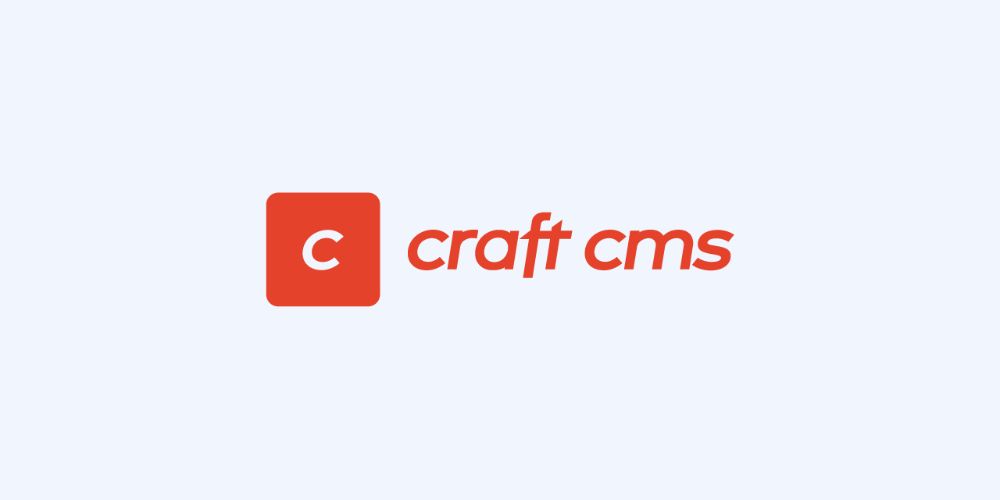
Craft CMS is not a very popular tool among the users, but it is known to be an advantageous and efficient content management system. The websites that have used Craft CMS are Netflix and Salesforce websites. Craft CMS has a complex yet developer-friendly CMS that lets you use a particular back-end for the site you create. You don’t get access to the themes on Craft CMS like you can use on WordPress. But you can use implement their templates to enhance the appearance of the websites. Twig powers these templates, or you can also design and customize your templates. With increased extensibility, you get more flexibility than WordPress has to offer.
You can put up your content and define a personal choice of content domains from 18 categories. The only negative thing about Craft CMS is that you should not use Craft CMS if you are a beginner or start to learn about content management systems. You can decide about how and where you place the user interface elements on the website. It is easy to view the website interface and admin window when you make the changes. Hence, runtime development is available, which lets you see how everything looks as you make the changes.
Conclusion:
The people who have been used to using WordPress know about its flexibility regarding website building, blog, and content management. But it also comes with its list of advantages and disadvantages. There are many other tools that you can use, but all the tools come with pros and cons, which you have to check before you can finalize your tool. You need to understand that the tool of your selection and the purpose of your website creation should align with each other perfectly. This blog lists the alternative means to WordPress, which you can use according to your requirements, other factors, and parameters. You can download each of the tools from the links that we have provided with each tool. As we previously mentioned, you should take up the tool that resonates the most with your requirements.